9661
0
The euro area private sector revived surprisingly in March
The euro area private sector revived surprisingly in March. Activity was mainly supported by Germany, the bloc's largest economy.
Yazar: Tom Roberts
Yayınlanma: 24 Mart 2021 20:41
Güncellenme: 23 Nisan 2024 20:10
The euro area private sector revived surprisingly in March
The euro area private sector revived surprisingly in March and returned to growth. Its engine was the manufacturing sector, which reached its highest pace in 23 years and helped eliminate the continuing decline in the dominant services sector for the Union's overall results. However, the mood in the euro area is also affected by fears of a re-spread of the disease in the region. Preliminary data from IHS Markit showed this on Wednesday. Markit also noted that in view of the third wave of the new coronavirus pandemic and its associated blockades, as well as the slow introduction of vaccines in the region, the final data it will publish in April could be revised downwards. According to a quick estimate, the combined Purchasing Managers Index (PMI) for the service and manufacturing sectors in the euro area, a key indicator of future business activity, rose to 52.5 points in March from 48.8 points in February, seasonally adjusted. The March value of the index exceeded the limit of 50 points, which separates the growth of activity in the given sector from its decline and is the largest in eight months. It also exceeded the estimates of analysts, who expected the combined PMI to reach only 49.1 points. "However, the outlook has worsened as the rate of COVID-19 infection and new blockages has increased," said Chris Williamson, chief economist at IHS Markit. "The services sector remains a weak point in the region's economy, but even here the rate of decline slowed in March as companies benefited from the recovery in the manufacturing sector, customers adapted to life during the pandemic and the outlook remained relatively positive," he added. Activity in the euro area in March was mainly supported by Germany, the bloc's largest economy. Its combined PMI reached a 37-month high of 56.8 points in March. However, in France, the eurozone's second largest economy, the PMI remained below 50 points in March, albeit close to it, rising to 49.5 points from 47 points in February. The rest of the region recorded a slight increase for the first time since last July, just above the 50-point mark. The survey also confirmed in March the different development trends in the two key sectors of the euro area. While the dominant services sector declined again, albeit the slightest in seven months, the manufacturing sector continued to expand at a record pace. Specifically, the PMI of the dominant services sector, which includes a range of companies from large banks to small restaurants and repair shops, rose to 48.8 points in March from 45.7 points in February. The value of the index is the highest in seven months. Analysts estimated that it would reach only 46 points. At the same time, the manufacturing sector's PMI climbed to 62.4 points this month, its highest value since June 1997, from 57.9 points in February. Analysts expected a slight decrease to 57.7 points. A further recovery of global demand contributed to the better-than-expected result. Williamson believes that this "two-speed trend" in the eurozone is likely to continue for some time to come, as while manufacturers benefit from the recovery in global demand, customer service companies remain constrained by blockades and social distances.İLGİLİ HABERLER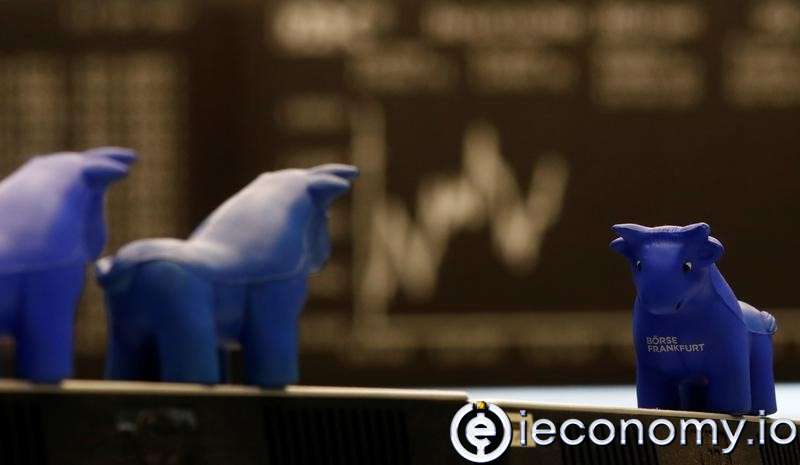
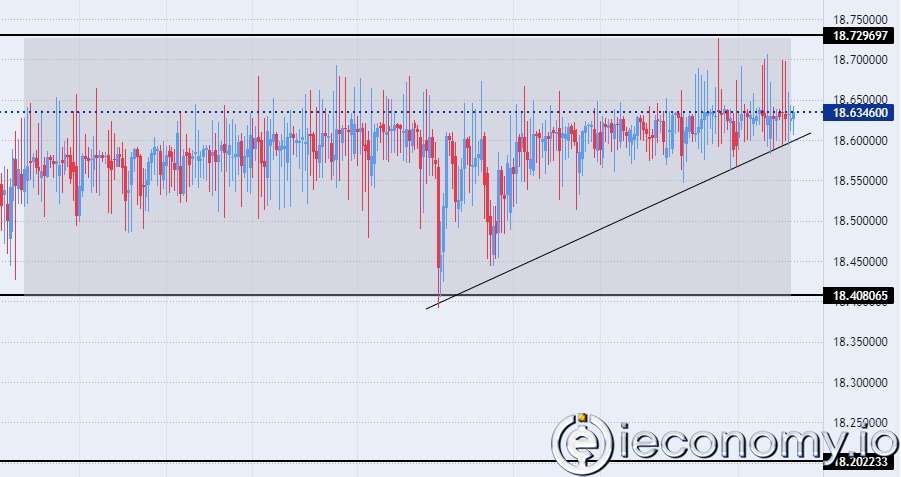
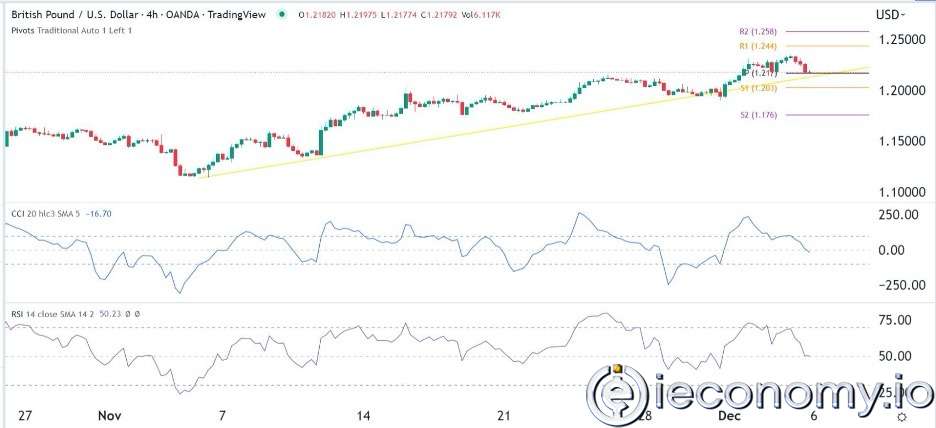
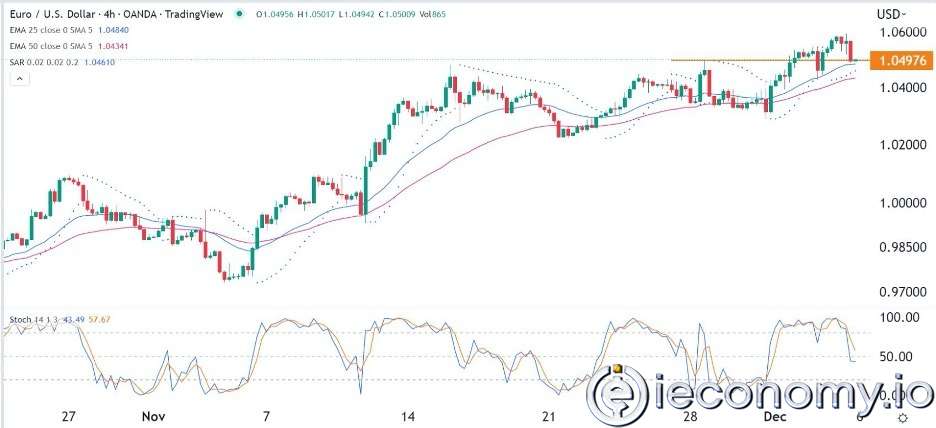
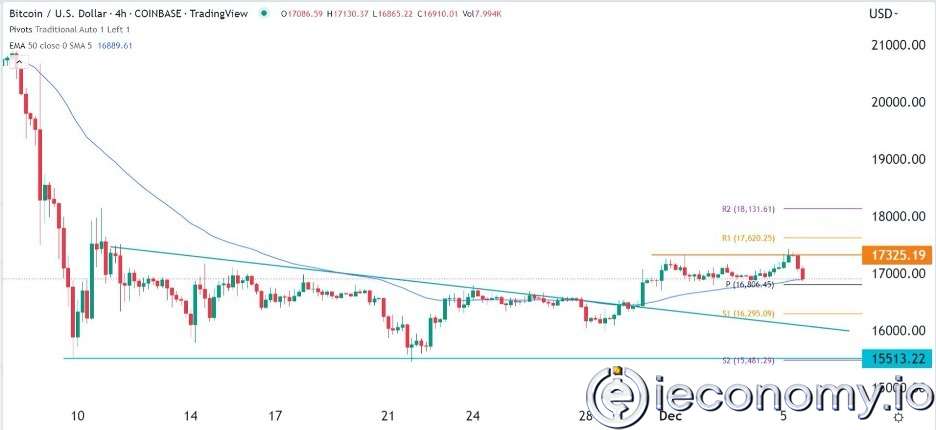

European stocks soared and focus shifted to German retail sales after Powell's speech!

Forex Signal For TRY/USD: Inflation Slowdown in November.

Forex Signal For GBP/USD: Bullish Trend Still Not Breaking While Recovery Continues.

Forex Signal For EUR/USD: Starry US Data Points to Higher Fed Increases.

Forex Signal For BTC/USD: Downside Continues as Bitcoin Recovery Moves Less.
En Popüler Haberler
Yorum Yap
Yorumlar
Henüz yorum yapan yok! İlk yorumu siz yapın...